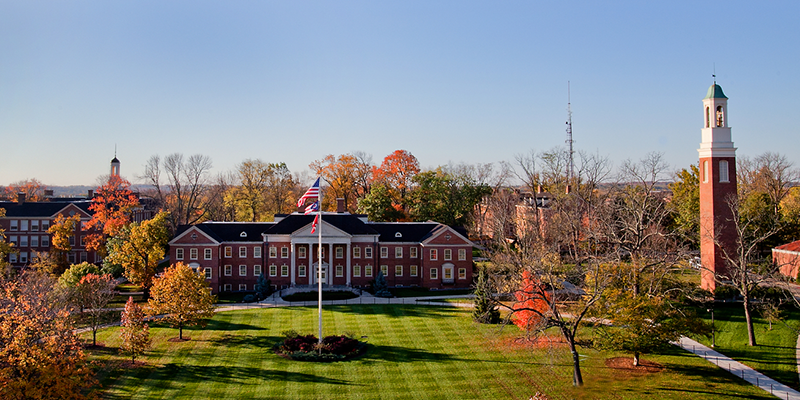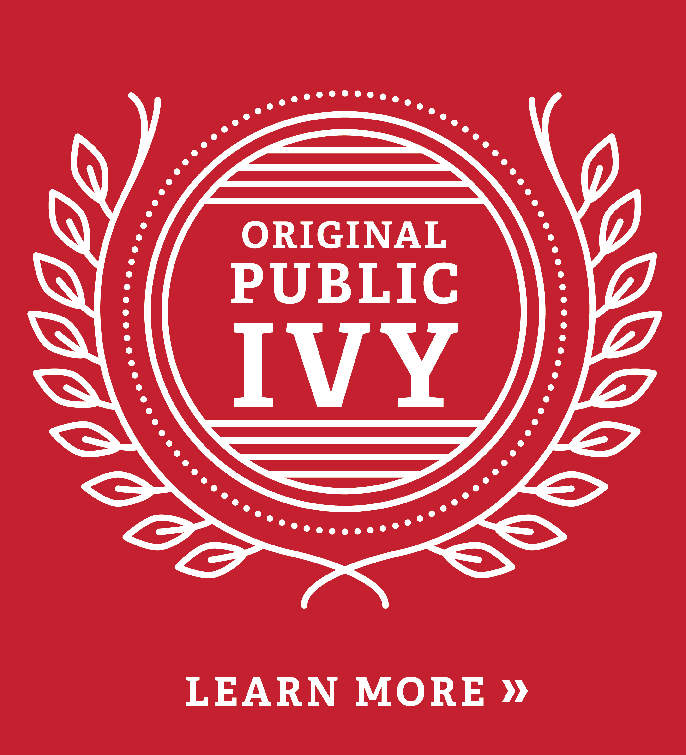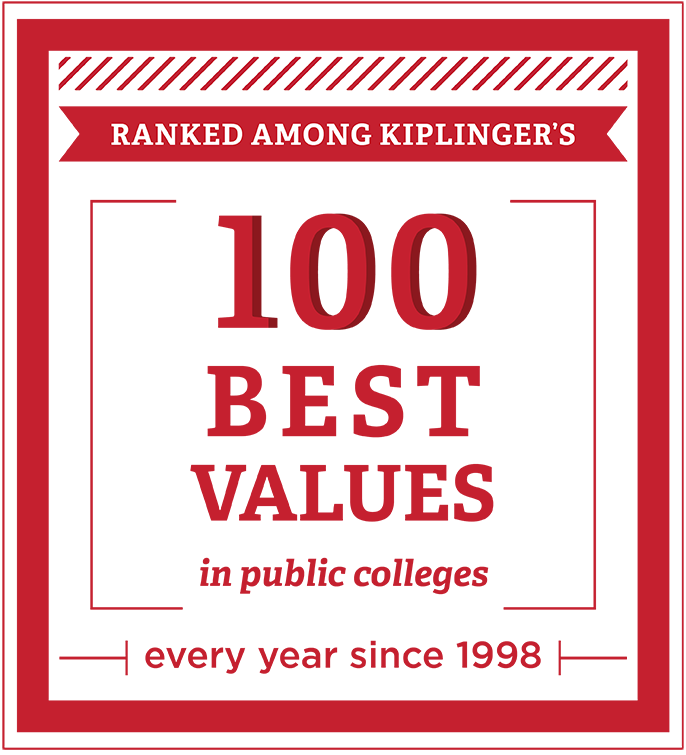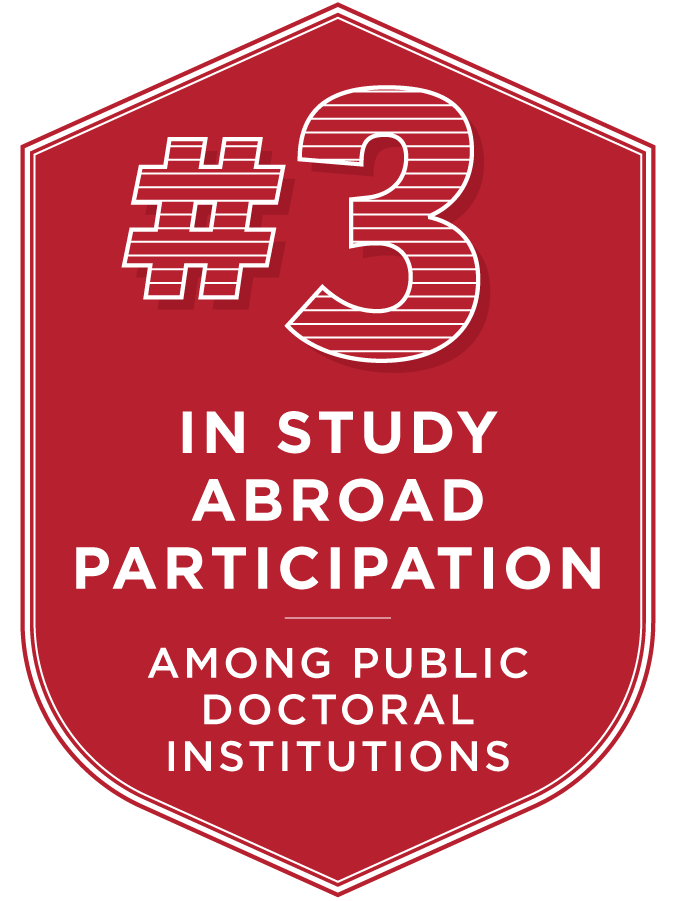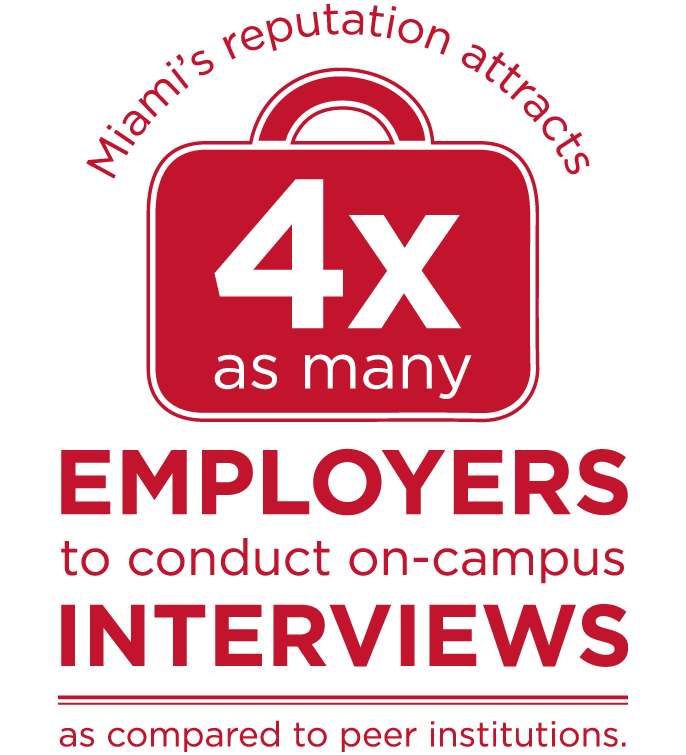Annual Address 2015
David C. Hodge
September 9, 2015
More Creative and Innovative Graduates
Let me start with a very firm assertion—creativity can be taught and learned. To be sure, there are some people who come by creativity more naturally than others, but all of us, including those without a natural “gift,” can use specific tactics to encourage our creative thinking. Most recently, those of us who participated in the Summer Reading Program enjoyed a rousing session with Second City staff who used improvisation to demonstrate the power of “yes, and” thinking in unleashing creativity. Believe me, it really does work!
There are lots of lists of such tactics covering a wide range of fields or general behavior. An example is provided in this table courtesy of Miami Professor Glenn Platt.
Tactics for Stimulating Creativity
(From Glenn Platt)
- Identify underlying assumptions, then imagine what if the opposite were true.
- The Five Whys - When looking at a problem, ask why something is happening? Then take the answer and ask why that is happening. Ask a total of five whys.
- Reverse brainstorming - instead of asking how to solve a problem, ask how do you CAUSE a problem?
- Create extreme and artificial constraints. Constraint forces different ways of thinking.
- Reframe the question.
- Keep a creative diary - note the times/people/places when you are most creative/innovative.
- Physically go to a new place.
- Write down each time you say "we can't" or "won't work" or "the way we do things". Look for paths that are dismissed without exploration.
- Imagine you have a time machine. How would this problem be approached 10 or 50 years in the future?
And to this list we should add “take a shower!” Science has shown that taking a shower produces a brain chemical reaction that basically pushes aside noise and allows us to think more creatively. Like other “self-help” inventories, the effectiveness of these tactics will vary from person to person and certainly with the level of commitment to using them – not unlike the number of times we have to get on the treadmill to see results.
At Miami we have a number of places where creativity and innovation are taught directly, including the Entrepreneurship program, Creative Writing, Interactive Media Studies, Agile in Engineering, and of course the entire College of Creative Arts. These provide important and often life-changing experiences for students, and we are likely to see their number and impact rise.
As important and successful as these specific programs are, I would argue that it is even more important to focus on developing those personal qualities and capacities that give rise to creativity and innovation—to develop “habits of mind” that are fertile ground for creative and innovative thinking. Not surprisingly, I firmly believe that these either derive from or align with our approach to liberal education. While there is a long list of the attributes of creative and innovative people, I will focus my remarks today on seven of them: curiosity, motivation, fearlessness, knowledge, collaboration, persistence, and initiative. For each of these I will describe how I believe they contribute to creativity and innovation, give examples of what I see as current best practices on campus, and then offer some suggestions or challenges for moving us forward. I hope you will take all of this in the spirit of provoking more creative conversations and ideas about creativity and innovation.

